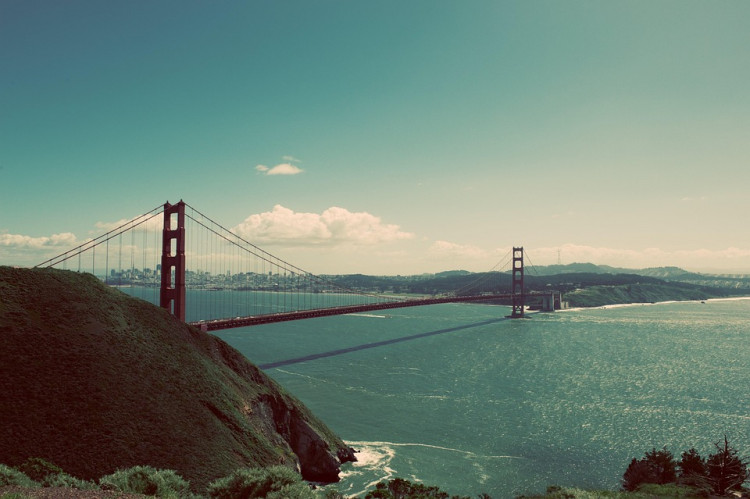A new federal safety report has raised concerns about the structural vulnerability of the Golden Gate Bridge and several other key Bay Area spans, warning they may face an "unknown risk of collapse" from vessel collisions. The findings come as part of the National Transportation Safety Board's (NTSB) broader investigation following the catastrophic collapse of the Francis Scott Key Bridge in Baltimore earlier this year.
The NTSB report, released Thursday, identifies 68 bridges nationwide-including six in the San Francisco Bay Area-that require urgent vulnerability assessments. Among them are the iconic Golden Gate Bridge, the Antioch Bridge, the Benicia-Martinez Bridge, the Carquinez Bridge, the Richmond-San Rafael Bridge, and the San Mateo-Hayward Bridge.
The agency's warning is rooted in the growing size of modern cargo vessels and the increasing risk such ships pose to aging infrastructure. The concern intensified after the March 26 incident, when the Singapore-flagged container ship Dali, measuring 984 feet, lost propulsion and collided with a pier supporting Baltimore's Francis Scott Key Bridge. The impact led to a near-total collapse of the bridge, killing six construction workers and injuring others.
According to the NTSB, all six Bay Area bridges listed were constructed before 1991, when the American Association of State Highway and Transportation Officials (AASHTO) first issued formal guidance on vessel collision vulnerability. The Golden Gate Bridge, built in 1937, is the oldest among them. The San Francisco-Oakland Bay Bridge was notably absent from the report, as it has already undergone or is undergoing vulnerability assessments, in part prompted by prior incidents, including a 2007 collision that caused a major oil spill.
"Today's report does not suggest that 68 bridges are certain to collapse," the NTSB clarified in a statement. Instead, the agency recommended that bridge owners evaluate each span against AASHTO risk thresholds and implement risk reduction strategies if necessary.
The Golden Gate Bridge Highway and Transportation District responded by assuring the public that the bridge complies with all federal inspection and evaluation requirements. The district highlighted the structural defenses in place, stating that a "large vessel would run aground before colliding with the pier" at the bridge's North Tower, while the South Tower is shielded by a "27-foot thick concrete fender ring" embedded in the seabed.
John Goodwin, spokesperson for the Metropolitan Transportation Commission, which is affiliated with the Bay Area Toll Authority, acknowledged that the timeline of the last comprehensive vulnerability assessment on the Bay Area bridges remains unclear. He emphasized that an updated assessment is now underway.
"Ships are bigger than they ever have been, which is a really important factor," Goodwin said.
The NTSB's call for assessments is not limited to the Bay Area. Other major spans listed include New York's Brooklyn and Manhattan bridges, San Diego's Coronado Bridge, and the Delaware River Turnpike Bridge. The report stresses that many of these critical bridges predate modern vessel collision guidelines, making immediate evaluations essential.
The 2024 Baltimore bridge collapse has reignited debate over infrastructure resilience, particularly as ports handle ever-larger vessels. The NTSB's analysis revealed the Key Bridge's vulnerability was nearly 30 times greater than the acceptable risk threshold set for essential bridges, raising alarms about older bridges nationwide.






